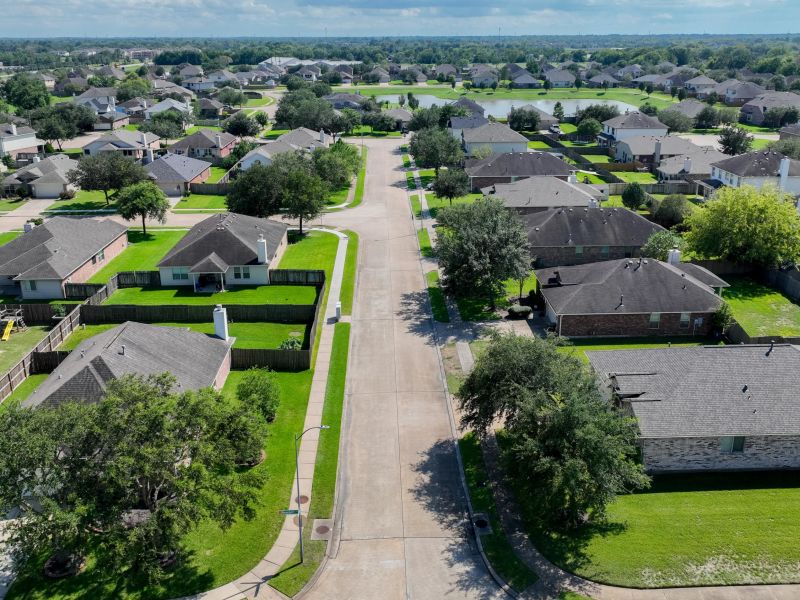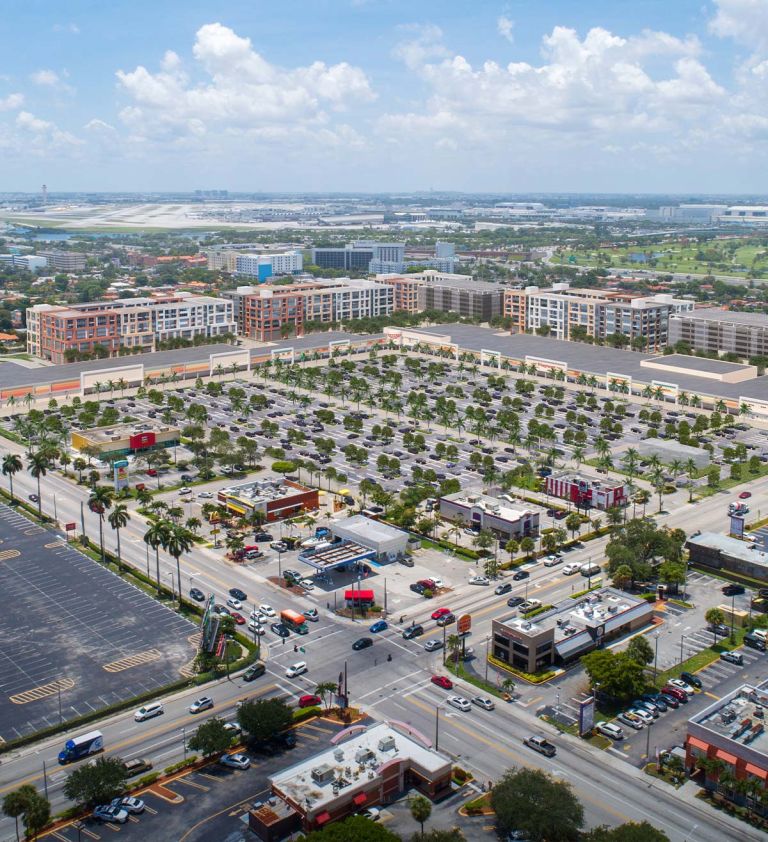The housing mess, explained | CNN Politics
A version of this story appeared in CNN’s What Matters newsletter. To get it in your inbox, sign up for free here.
CNN
—
Home owners, renters and potential buyers look at housing and the real estate market from different, often conflicting perspectives.
There are alarming headlines for all three in recent weeks:
This convergence speaks to the larger problem of a shortage of affordable housing in the US, as well as the broad issue of affordability, and leads to stories like this: Majority of Americans say they’re worried about being able to pay for housing.
I went to Anna Bahney, the CNN Business writer focused on real estate, to understand why there’s a housing shortage and what, if anything, anyone is doing about it.
Our conversation, conducted by email, is below.
WHAT MATTERS: I have read both that there’s a housing shortage and that there’s a housing crisis. Is there a difference between those ideas – a shortage and a crisis? And is the problem that there literally aren’t enough houses for the number of people in the US?
BAHNEY: The “housing crisis” is actually an “affordability crisis.” Part of the reason housing has become so expensive for Americans is because there is a national shortage of homes. Record low interest rates during the pandemic coupled with more than a decade of under building created a supply and demand mismatch that has pushed home prices higher.
The US has fallen behind by about 5.5 million housing units over the past 20 years as builders failed to keep up with historical building trends. If you add in property destruction due to demolition or natural disasters, among other things, the total shortfall could be 6.8 million during that time, according to the National Association of Realtors.
This is a gap so deep that it would take more than a decade to catch up. But even if more homes and apartments are built, it won’t matter unless people can afford them.
Mortgage rates are the highest they have been since 2008 and home prices remain near record highs, pricing many prospective homebuyers out of the market. Those people then remain in the already tight rental market, pushing rents up even further.
As tenants reach the limits of what they can afford to pay each month, homeownership gets further out of reach as they struggle to save for a down payment. This widens the wealth gap and locks in place inequities between those who benefit financially from homeownership and those who don’t. It also widens the racial home ownership gap, in which 72% of White Americans are homeowners while only 43% of Black Americans own a home.
WHAT MATTERS: The cost of housing has been cited as a cause of inflation. To what extent is that true and what is the market force that could lower the cost of housing?
BAHNEY: The soaring cost of housing has been a key driver of inflation. For most people, housing is their biggest expense. About one-third of the Consumer Price Index, a basket of goods and services the Bureau of Labor Statistics uses to track inflation, is the “shelter” component.
Last month, the index showed that inflation was worse than expected and the housing component had risen 6.2% from a year ago, the biggest increase since 1991. Stubbornly high inflation means that the Federal Reserve will likely take aggressive action at its meeting next week with either a 75 basis-point hike in interest rates, or potentially a 100 basis-point hike.
But there are some early signs of cooling in the housing market. Home sales have been dropping for six months in a row as the rising cost to buy and finance a home pushes more people out of the housing market. As demand dries up, prices will come down and eventually mortgage rates will settle.
WHAT MATTERS: Which parts of the country are most affected by this problem?
BAHNEY: Cities in the Sun Belt like Phoenix and Austin saw some of the biggest increases in housing costs during the pandemic. In Miami the price of a home is up 33% from a year ago, and rents are up 26% from last year. But the affordability crisis is happening nationally, in all regions of the country.
WHAT MATTERS: The Fed’s medicine for inflation is to raise interest rates, which has driven up mortgage rates. That might control sales prices, but won’t it make the cost of housing more expensive?
BAHNEY: The Federal Reserve has been aggressively raising interest rates in order to stem inflation, which may reduce demand but also makes the cost of buying a home even more expensive.
But the Fed doesn’t set the rate borrowers pay on mortgages directly. Instead, mortgage rates tend to track the yield on the 10-year US Treasury. As investors anticipate the Fed’s rate hikes, they often sell government bonds, which sends yields higher and, with it, mortgage rates.
The rate on a typical 30-year-fixed mortgage has more than doubled from a year ago, making a home purchase that was possible then, out of reach for some today.
A year ago, a buyer who put 20% down on a median priced $359,900 home and financed the rest with a mortgage rate of 2.86% – which was the average at the time – had a monthly payment of $1,192.
Today, a homeowner buying the median priced home, which is now $403,800, with a mortgage at the current average of 6.02%, would pay $1,941 a month in principal and interest. That’s $749 more every month.
Americans are now spending more than 35% of their median income on monthly principal and interest payments on that median-priced home. Historically, Americans spent closer to 25% of their median income on payments.
To get back to that level, some combination of these things would need to happen, according to mortgage data company Black Knight: a person’s income would need to grow by 40%, mortgage rates would have to be cut in half, or there would need to be a 30% drop in the median price of a house.
None of those are likely to happen any time soon.
WHAT MATTERS: If housing prices go down, it will mean millions of people lose value in their main asset. If housing prices don’t go down, it means millions of Americans will never own a home. It seems like an impossible situation.
BAHNEY: Some housing economists have been saying lately that the housing industry is in a recession, but homeowners aren’t feeling that way. Sure, there are plenty of examples of cooling in the housing industry (mortgage firm layoffs, home builders pulling back, home sales falling). But homeowners still have tremendous equity in their homes, which has risen by an average of $60,000 in the past year.
Still, millions of people are being shut out of homebuying as the affordability challenges prove insurmountable.
In April 2021, a household had to earn about $80,000 a year to afford payments on the median-priced home with a modest down payment of 3.5%. A year later, the income requirement was $108,000. This cost increase means that about 4 million renter households that could have bought the median-priced home last year could no longer do so 12 months later.
WHAT MATTERS: What are some of the ideas to fix this problem? Is there an effective way the government can act?
BAHNEY: Most housing policy experts say that building a steady supply of new, moderately priced homes is job number one. But because those homes are not as profitable for builders as larger, higher-priced homes, it will take a concerted effort by both public and private sectors.
In May, the Biden administration announced a Housing Supply Action Plan to close the affordability gap and ease housing costs. The plan aims to boost the supply of affordable housing by enhancing existing federal financing and incentivizing areas to reform zoning and land use policies to build more lower-cost housing. It also calls for homebuilders to adopt more efficient construction methods.
But none of this is a quick fix, and some of it requires congressional action.
Separately, the Federal Housing Finance Administration, which oversees mortgage giants Fannie Mae and Freddie Mac, has announced plans this summer to expand home financing options for buyers, particularly those of color, to close the racial homeownership gap. These programs include down payment assistance, lower mortgage insurance premiums and a credit reporting system that factors in rent payment history.
Some of these ideas, including new zero down payment loans with no closing costs for buyers in specific Black or Hispanic neighborhoods, are already in place.



